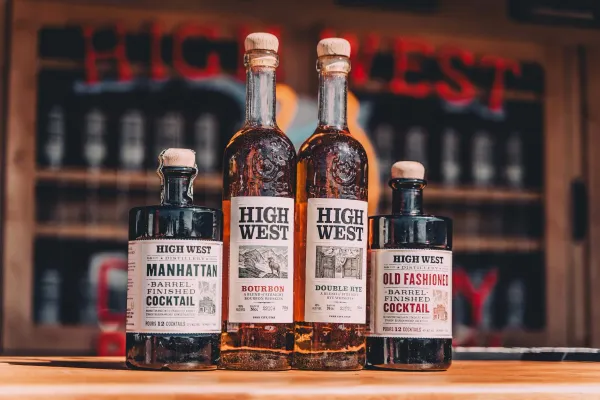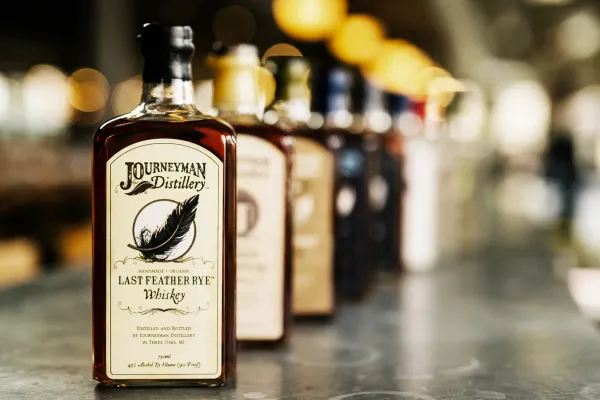Whiskey Water Role: The Source You’ll Wish You’d Valued Sooner

Water’s Role in Whiskey Production: The Whiskey Lifeblood You Can’t Skip
Water in whiskey production isn’t just an ingredient. It’s the lifeblood that drives every stage, from mash to bottle, shaping flavor and purity. If you don’t know this role, you’re missing the source that perfects every sip. For whiskey enthusiasts curious about craft, this is the solid truth about water’s role in whiskey production, grounded in legal standards and science, and a 2025 must-know.
What Is Water’s Role in Whiskey Production?
U.S. law requires whiskey (bourbon, rye, etc.) to use water in mashing, fermentation (8-10% ABV in three to five days), distillation (160 proof max), and dilution to 80 proof minimum. Scotch and Irish whiskey (Scotch Whisky Regulations 2009, Irish Whiskey Act 1980) also rely on water, often from local springs. Water, filtered for purity, affects grain conversion, yeast activity, and final proof, ensuring flavors like corn’s sweetness or barley’s malt in whiskeys aged two-plus years.
How Water Shapes Whiskey
Soft water, low in minerals, used in Kentucky for bourbon, enhances corn’s caramel notes during mashing at 180-200°F, with limestone springs providing calcium for yeast health. Hard water, common in Scotland, adds subtle minerality to Scotch’s malty profile during fermentation in cooler climates (40-65°F). Water dilutes distillate from 125 proof (barrel entry) to 80-100 proof for bottling, balancing the intensity of oak-driven vanilla or rye’s spice. Purity is critical—contaminated water alters flavor, making water sources like Kentucky’s limestone or Ireland’s rivers vital for legal compliance.
Why Water Matters for Your Sip
A bourbon at 80 proof, made with limestone water, delivers clean caramel, while a Scotch at 86 proof, from spring water, offers crisp malt, per legal standards. Impure water muddles flavor. Every sip reflects water’s pure role, making your next bottle a clear expression of its source.
Why Water’s Role in Whiskey Production Matters in 2025
Water’s role in whiskey production is the spirit’s pure foundation. By 2025, understanding this source could make every sip a vibrant taste of craft, from sweet to complex. It’s the truth in the lifeblood, so don’t miss the source.
Check out NEAT: Whiskey Finder—it’ll help you track down bourbon and whiskey near you.





